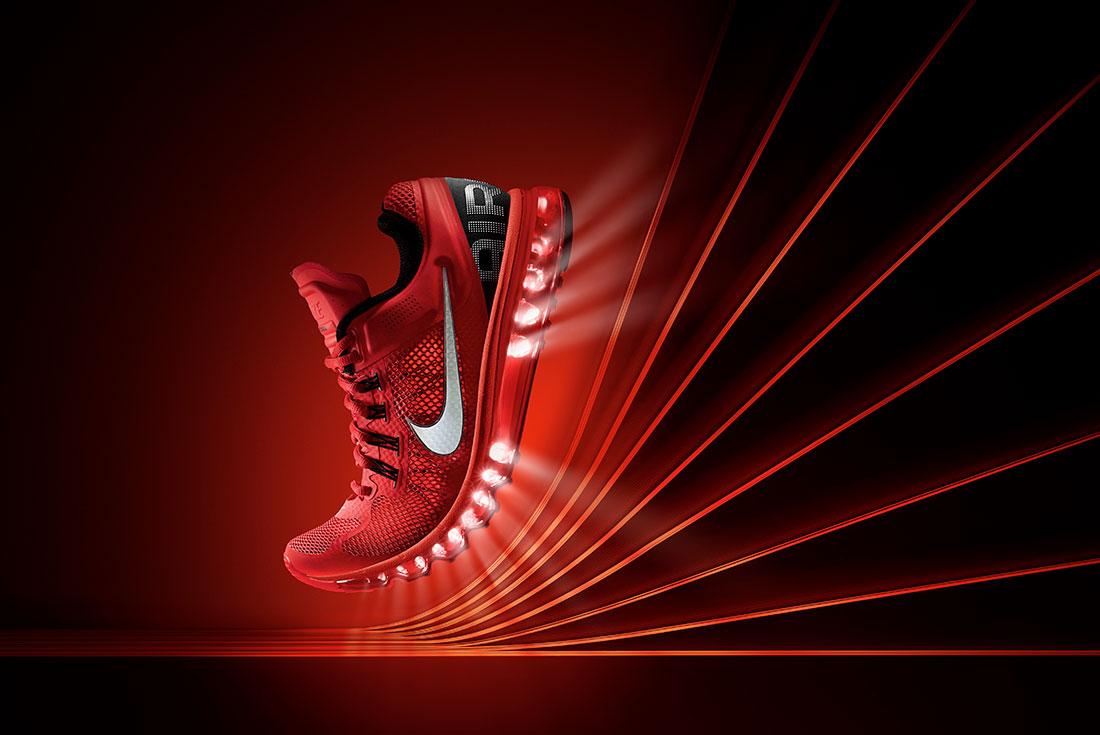5 of the Most Underrated Nike Air Max Models Ever
In the 30-plus years since introduced technology to the world, countless variants and silhouettes have been created to showcase the very best of visible Air. This has naturally meant entries from the flagship Air Max line and offshoot categories alike have, over the decades, had to clamour and compete for market attention and real world wear time. While some niche fans and tunnel-visioned collectors may argue the following models are actually properly revered, in the larger scheme of things, these are some of the most underrated Nike Air Max models ever.
